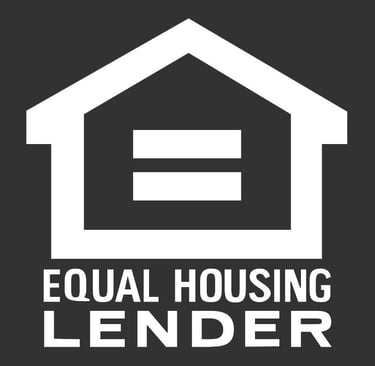

Accessing the equity in your home can be a powerful financial tool. Whether you're considering a cash-out refinance or a Home Equity Line of Credit (HELOC), it’s important to understand the process and implications of each option.
1. Assess Your Financial Needs: Before deciding between a cash-out refinance or a HELOC, evaluate your financial goals. Are you looking to consolidate debt, finance home improvements, or cover other significant expenses? Understanding your objectives will help determine the best option for you.
2. Understand the Difference:
Cash-Out Refinance: This involves replacing your existing mortgage with a new, larger loan. The difference between the new loan amount and the existing mortgage balance is given to you in cash. This option typically offers a fixed interest rate and is ideal if you want a lump sum of money at a potentially lower rate.
HELOC: A HELOC is a revolving line of credit secured by your home’s equity. Unlike a cash-out refinance, a HELOC allows you to borrow as needed, up to a certain limit, and typically has a variable interest rate. This option is best if you prefer flexible access to funds over time.
3. Evaluate Eligibility and Terms: Check your eligibility for either option by reviewing your credit score, current home equity, and financial stability. For a cash-out refinance, you generally need substantial equity in your home. HELOCs also require equity, but the amount you can borrow may vary depending on the lender's terms and your financial profile.
4. Research and Compare Lenders: Once you’ve decided which option suits your needs, research lenders offering competitive terms. Compare interest rates, fees, and repayment terms for both cash-out refinances and HELOCs. A mortgage loan originator can assist in finding the best lender for your situation.
5. Submit Your Application: After selecting a lender, submit your application for a cash-out refinance or HELOC. You’ll need to provide financial documentation, including income verification, credit history, and information about your current mortgage and home value.
6. Underwriting and Appraisal: The lender will review your application through the underwriting process, which involves verifying your financial information. For a cash-out refinance, an appraisal will determine your home’s current value to ensure sufficient equity for the new loan. HELOCs also often require an appraisal to establish the credit limit.
7. Loan Approval and Closing: Once your application is approved, you’ll receive the terms of your cash-out refinance or HELOC. For a cash-out refinance, you’ll close the new mortgage, receive your lump sum of cash, and begin making payments under the new terms. For a HELOC, you’ll gain access to your credit line, allowing you to borrow as needed.
8. Post-Closing Considerations: After closing, manage your funds responsibly. For a cash-out refinance, ensure that the funds are used wisely, whether for debt consolidation, home improvements, or other financial needs. For a HELOC, keep track of your borrowing to maintain financial stability, as this is a revolving credit line.
Why Consider Cash-Out Refinancing or a HELOC? Both options offer unique benefits depending on your financial situation. A cash-out refinance can provide a large lump sum at a fixed rate, while a HELOC offers flexible access to funds. It's important to consult with a mortgage professional to determine the best strategy for accessing your home equity.
Fill out the contact form below to schedule a free 30-minute consultation.





NMLS #2428996 NMLS # 2155194


LEGAL INFORMATION
PHONE # 7863280410
EMAIL: eduardo@asktla.com